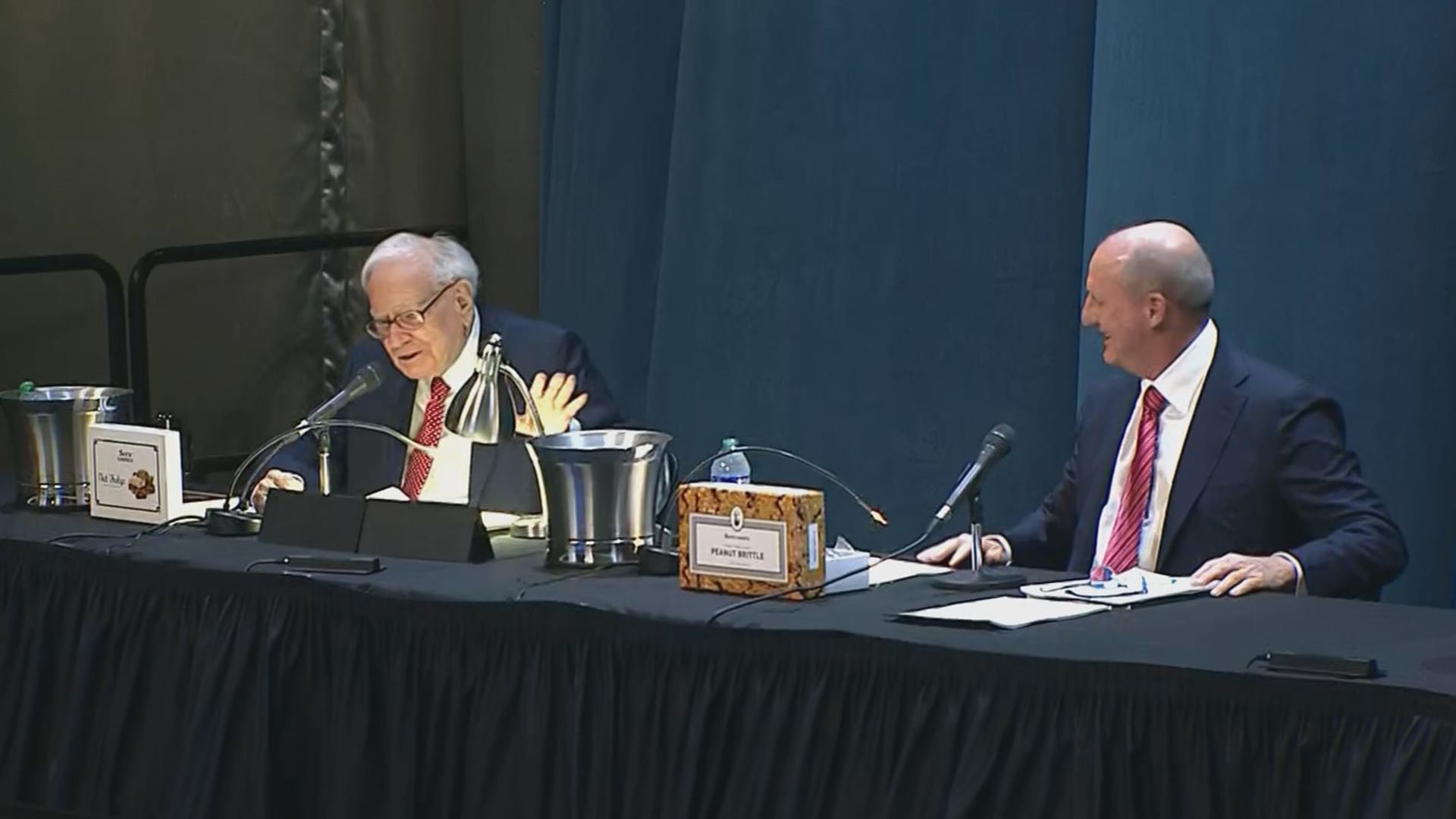You need to wear a lot of different hats when you’re making a game – especially if you’re doing it solo. One day, you’re a foley artist. Next, you’re a marketer. Even as a programmer or designer, it’s useful to understand how these elements come together, so you can make sure everything ties into your theme.
To help you along the way, we gathered all the free resources you can use to learn about the different areas of game development. Before you use the resources, we encourage you to make sure the assets are royalty-free.
Game design resources
Game design is all about the choices you make. The rules and mechanics that bring your idea to life. From small decisions, like whether to use coyote time in your platformer, to big decisions, like the main theme of the game.
- Game Accessibility Guidelines. Every game designer should bookmark these guidelines. They go through the principles you should follow and give examples for each task. There’s even a checklist you can download.
- Develop.Games. Thor Hall, the creator behind Heartbound and ex-Blizzard developer, has put together the Develop.Games site. It goes through both the development and the business side of creating games. A must-read for any would-be developer.
- GameMaker’s Toolkit. This YouTube channel is an excellent series that deep dives into the most important elements of game design. You’ll find topics like creating puzzles, developing for a specific genre, and the psychology of the players themselves.
- GDC Vault. The Game Developers Conference adds all the various talks and presentations from their events to their vault. These range from technical advice on how to develop specific ideas to wider trends and best practices.
- The Level Design Book. This website covers everything about level design, starting from the theory to the actual tools you’ll need to get started. There’s even a section for specific assets and resources you can use.
- Scroll back (the theory of cameras in side scrollers). This gigantic article could be a book all to itself. It covers everything you might want to know about how to use a camera in 2D games.
- Pixel Architect. Dev diaries like these can be a useful way to see how to actually build your game. There are plenty to follow, but Pixel Architect is a particularly good start.
- Design Doc. This channel answers the tricky, specific questions you might have about game design, focusing on the mechanics themselves. How do you stop people from hoarding items? Why add critical hits? What’s the point of fast travel?
- The Architect of Games. While this channel seems to be about critiquing games with humour – it actually analyzes the actual game design decisions and explores the themes of the game in depth.
- Brackeys. A huge channel of tutorials that also delves into the actual game design decisions behind that development. The only downside is that they shut down a few years ago, so some videos can be a little outdated.
Game development resources
At the heart of every game is the code itself. Even if you’re experienced with a programming language, you’re likely to bump into a few surprises when developing your game. Either way, there are tons of resources out there. And if you need an engine, consider the open-source Godot.
- freeCodeCamp.org. If you want to learn to code, this is the channel to visit. They go deep into the practical and theory side and even have the full Harvard Computer Science University course as a 25-hour video. Yes, a Harvard University course – completely free.
- Game Programming Patterns. Keeping your code clean and organised is a major challenge, so this free ebook teaches you the best practices.
- Programming Patterns on Unity. Unity has released a similar guide around coding patterns and explaining how to use them inside Unity.
- Ludum Dare. A twice-yearly game jam over a weekend. Not only is it inspiring, but it’s worth reading the posts from other developers as they delve into their process.
- Introduction to Game Development with Unity. This Udemy tutorial is a perfect start for anyone looking to use Unity. You’ll see how to use cameras and objects, and understand the Unity interface.
- GDQuest. If you want to get into Godot, then look no further than GDQuest. A huge treasure-trove of free tutorials that cover pretty much everything you need – even if you’re not going to use Godot.
- Game Development Crash Course. Udemy also has a crash course about how to use the Solar2D game engine.
- GitHub Student Developer Pack. Get your school enrolled, and you’ll be able to get access to real-world tools and practice using them. There’s a page about how to get your school involved.
- Codeacademy game dev course. This four-hour introductory course will help you get the ball rolling and learn about game design and development.
- LootLocker free guides. These step-by-step guides walk you through specific mechanics, particularly meta-mechanics like energy systems.
Game art free resources
Not all games need fantastic graphics to be a success. Vampire Survivors used assets that Luca Galante simply bought in a pack. There are also plenty of videos out there about how to draw pixel-art-style games. If you need a free tool, consider open-source tools like Gimp, Blender, or Krita.
- Itch.io. There are thousands of free assets on itch.io, from character sprites to user-interface elements. Even if you only use them for inspiration, it’s a fantastic collection.
- Kenney.nl. Not only can you get thousands of free 2D and 3D assets, there are loads of guides on how to edit them or create your own.
- Blender Guru. If you’re looking to create slick 3D graphics, Blender Guru is the channel to follow. He offers guides and tutorials for beginners and advanced artists alike.
- Polligon. Created by Blender Guru, you can find Blender textures, models and more in the free section.
- CRTLpaint. This site has a bunch of free video series that teach you how to get into digital painting for yourself. From concept art to the principles of design. You can also follow their YouTube channel.
- Proko. If you want to learn the basics of drawing, particularly characters, then this channel will help you get there.
- 2DGameArtGuru. Learn all the most useful tools, such as Inkscape, Adobe Illustrator and Corel Draw. There are absolutely loads of tools here.
Music and sound-free resources
Your music can define the tone and atmosphere of your game. It’s vital to make your game come alive. These resources can help you produce that soundtrack, from composing your melody to putting it all together. If you need an open-source tool, check out Ardour, MuseScore (if you know sheet music), and Audacity.
- Sonniss: Free archive. This is one of the biggest libraries of sound effects out there. Every year they give out free samples at GDC. This is the link to their 10GB archive of all those free sound effects.
- Bensound. A huge collection of royalty-free music that you can filter and organise by mood.
- Music Matters. If you’re completely new to music theory, this channel has tons of videos that will get you up to speed in no time.
- Spitfire Audio. Not only does this channel talk you through music theory and crafting tracks from multiple instruments, but they also show the process behind actually composing a track from start to finish. They also have a free library of instrument samples called BBC Symphony Orchestra Discover.
- Ryan Leach. Ryan creates videos about how to compose music for TV, film and games. He covers not only basic music theory, but how to easily turn that into an orchestral masterpiece.
Narrative game design resources
Storytelling and narrative design are quite different from writing a novel or script. You need to consider not only the character and plot, but what actions the player might take. It’s all about choices. If you need a tool to help you plan out your story’s flow, look into the open-source engine Twine.
- Emily Short. This blog is a huge list of books and blogs that you should read if you want to learn about interactive narratives.
- Screencraft: Write for video games. This article explores the various types of writing you might need to cover, from cut scenes to side quests.
- Game Developer: Storytelling in games.This article is the first in a series that dives deep into what narrative design is and how to think about it.
Game marketing and monetization resources
Once you’ve developed your game, it’s time to start getting it out to the masses. Here are a few resources to help you get the word out.
- Kickstarter: Tips for games. Unsurprisingly, Kickstarter has a section on their site about how to set up your project, entice people in, and get funded. A lot of the advice works well for your general marketing, too.
- Helpshift’s marketing guide. Focused on mobile gaming, this ten-step guide walks you through what you need to do as well as in-depth case studies.
- Game Marketing Genie. These guys have a great guide and overview about how to market your game, from understanding your competitors to using Steam.
- AskGameDev. This channel has a specific playlist all about how to market your video game. There are 17 videos here that will surely help.
- Steambase: If you want to research other games, Steambase is a really useful resource. It tracks Steam sales, so you can know when to best discount your own game.
How to keep track of gaming industry trends?
Not only is it important to market your game, but to keep an eye on trends in the industry. What’s working? What isn’t? Here are a few resources that can help you out.
- GWI’s gaming playbook. This free report from GWI goes into the stats and figures that you need to know about the industry.
- GameAnalytics. Our free tool can help you track and research your own game, but we can also give you insights into the industry.




















Discussion about this post